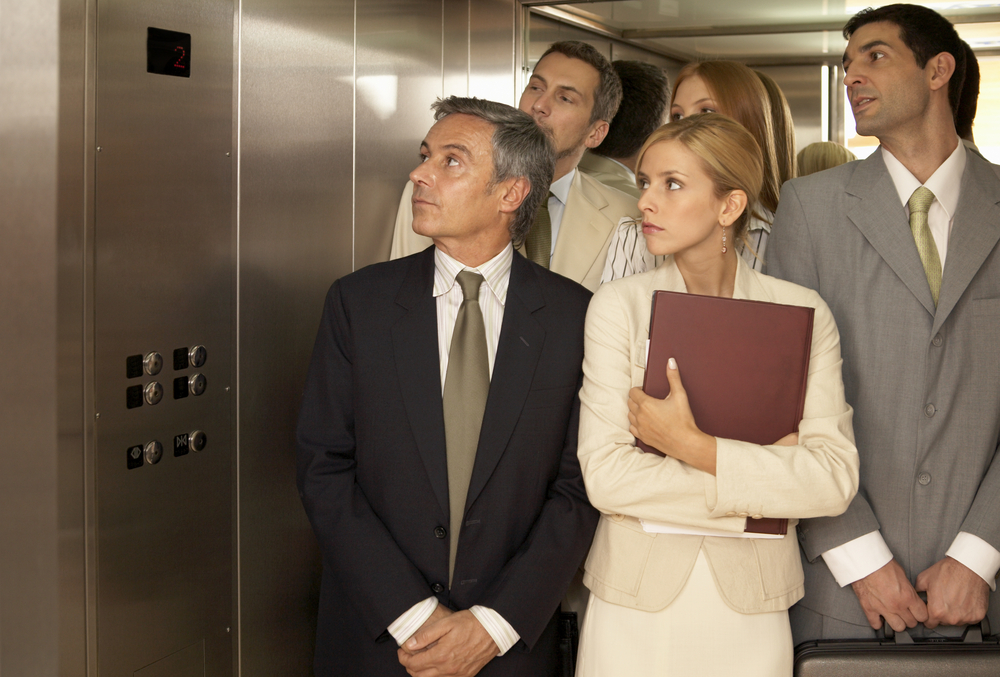December 12, 2017
Elevator Accidents: Who Is to Blame?
By Jonathan Damashek
Posted in

For most New York City residents, riding in an elevator is part of daily life. Whether at home in a high-rise apartment building or condominium, getting to work, getting to an upper floor of a store, or visiting a doctor, dentist, attorney or other professional office, riding in an elevator is a necessity. According to Consumer Watch, there are close to a million elevators in the U.S. They make over 18 billion trips per year, each one carrying an average of five people per trip.
Overall, elevators are reliable and safe to ride in. However, accidents occasionally happen. The Bureau of Labor Statistics reports that over 10,200 people are injured each year in an elevator accident and approximately 30 are killed.
For the general public, about 50 percent of the deaths are the result of falling into the elevator shaft; the other 50 percent are distributed among the following:
- Being caught between the elevator car and the wall of the elevator shaft
- Getting caught within the elevator’s moving parts.
- Sudden lurches, stops and/or landings
- Doors failing to open or open sufficiently
- Power failures
For elevator maintenance workers, 50 percent are the result of falling into the elevator shaft. For construction and other workers involved in working with or around elevators, 53 percent of the fatalities occur during installation or repair; 30 percent during work directly adjacent to, but not while on board, the elevator; and 17 percent occur during work on the car or shaft.
Defects and Malfunctions
Elevator accidents can be caused by a variety of defects and/or malfunctions, including the following:
- Open shaft or faulty doors that fail to prevent entrance into one
- Poor leveling; i.e., failure of the elevator car to line up with the floor
- Mechanical breakdown or pulley system malfunction that causes the elevator to rapidly drop within the shaft
- Faulty wiring of the elevator control function
- Wiring malfunction resulting from heat of a fire or water from emergency sprinklers
- Shoddy repairs, maintenance or inspections
Premises Liability
In New York City, a property owner is responsible for maintaining the premises, including its elevators, in reasonably safe condition. As FindLaw explains, this is known as premises liability. Property owners, or sometimes their lessees or residents, are liable for any accident or injury that occurs on their property.
Visitors to the property generally fall within one of the following four classifications:
- Invitee – someone impliedly invited onto the property, such as a customer, client, tourist, employee, inspector, etc.
- Licensee – someone who is leasing or renting space in the building
- Social guest – someone who is the invited guest of the property owner
- Trespasser – someone who is on the property without any right or authorization
Property owners and/or their lessees or residents owe reasonable care to anyone other than trespassers to make sure the premises are safe. This means that they are responsible for proper maintenance and repair of all aspects of the property. Even with regard to trespassers, especially children, property owners, lessees and residents are required to give reasonable warning of any premises condition that might cause injury or death if they know or should know that trespassing is likely.
Proving Premises Liability
The U.S. Law Network defines negligence as the failure to exercise “that degree of care that a reasonably prudent person would have used under the same circumstances.” When a premises owner, lessee or resident breaches that duty of care, he or she can be held liable for damages when a visitor suffers injury. However, this is true only if a relationship exists between him or her and the visitor.
The New York City Bar states that premises liability is quite broad in New York, encompassing any unsafe condition that results in an injury or death. To be successful in a premises liability lawsuit, the plaintiff must be able to prove the following three things:
- That he or she was lawfully on the premises, such as by being an invited guest or someone hired to work on the property
- That the owner, lessee or resident was negligent; i.e., that (s)he knew or should have known that there was a dangerous condition on the property which (s)he failed to repair or inadequately repaired
- That the owner, lessee or resident’s negligence caused the plaintiff’s injury
In New York City, an owner, lessee or resident owes no duty of care to a trespasser. However, there are two exceptions to this rule. If an owner, lessee or resident knows or should have known that there is a trespasser on the property and does nothing to alleviate the situation, (s)he is deemed to have acquiesced to the trespasser’s presence and can be held liable for any injuries the trespasser receives. Likewise, if there is an attractive nuisance on the property, such as an unfenced swimming pool, that the owner, lessee or resident knows or should have known will attract children, (s)he can be held liable for any injuries the child receives.